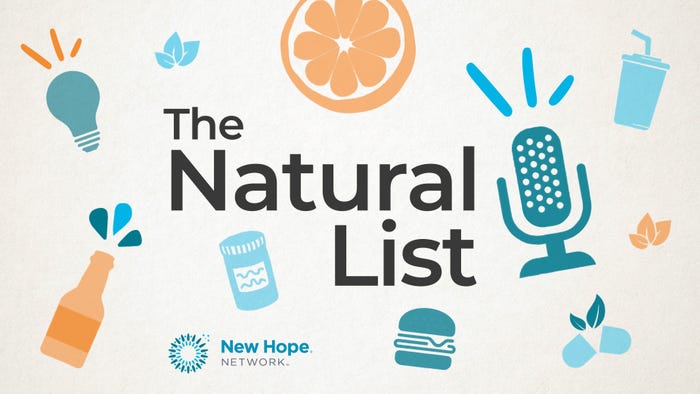Public comment sought on finishing touches to Health and Nutrition Claims
April 4, 2007

Food Standards Australia New Zealand (FSANZ) is nearing completion of its proposed health and nutrition claims standard and is seeking public comment on it.
Melanie Fisher, FSANZ’s General Manager Food Standards, said that the proposed new standard will put in place a voluntary scheme that will allow manufacturers to promote the health benefits of their products. It will also give consumers more information to help them choose the foods that make up their diet.
‘Our research shows that consumers want simpler information on food labels to assist them to make food choices. The food industry is also seeking to innovate and develop healthier food products.
‘To be eligible to make health claims foods will need to meet a number of criteria.
‘The standard provides a rigorous framework to assess claims linking a food to the reduction of risk of a certain disease, for example ‘fruit and vegetables reduce your risk of cardiovascular disease’. It also makes nutrition claims - like ‘low salt’ and ‘reduced fat ‘- legally enforceable.
‘We have already been out for two rounds of public comment and stakeholders have provided valuable information. We now want to seek views on a few items before finalising the standard.
‘Previously we proposed that we would restrict health claims by setting upper limits for saturated fat, sugar and salt. However, stakeholders let us know that this was too simplistic and could preclude some foods, such as large sweet fruits, from making health claims.
‘We have now developed a system based on the Food Ministers’ policy guidance that takes account of the overall composition of the food, which we are calling the nutrient profiling method. This system is based on a UK model and has been tested on over 10000 Australian and New Zealand food products. The method assesses foods on criteria such as salt, sugar and saturated fat contents but also takes into account other criteria such as fibre, fruit and vegetable content. FSANZ has developed an electronic calculator, available on our website, to allow a quick and simple calculation of whether a food is eligible to carry a health claim.
‘If a food does not qualify to make a health claim, and a food manufacturer still wants to make a claim, they may be able to reformulate their product with less salt, sugar or saturated fat or by increasing fibre or fruit and vegetable content. For example while some hot chips contain high levels of saturated fat or salt which prevents them from being eligible to make health claims others, such as oven baked frozen chips with low salt and/or reduced fats, could carry claims.
‘We are interested in stakeholders’ views on this profiling method.
‘We have pre-approved a health claim about the link between fruit and vegetable consumption and a reduction in the risk of heart disease. This claim is added to other claims already approved: calcium and osteoporosis or enhanced bone density; sodium and blood pressure; folic acid and neural tube defects; and saturated fats and trans fats and LDL cholesterol levels.
‘Our expert advisory group found that there was probable evidence that dietary omega-3 fatty acids reduced the risk of cardiovascular disease but that this did not reach the convincing level required for a high level health claim. However, a general level health claim, which requires a lesser degree of evidence, will be able to be made, for example ‘omega 3s aid heart health’. The expert group also concluded that currently there was not convincing evidence for a relationship between wholegrains and cardiovascular disease so FSANZ is not pre-approving a high level claim based on this.
‘During the last round of public comment we proposed including a percentage of daily kilojoules on the labels of foods making a nutrition claim such as ‘low salt’ or ‘good source of calcium’. We received a mixed response to this suggestion and we are now undertaking further consumer research and proposing that the percentage daily intake be considered in the broader labelling review we are scoping this year rather than in this proposal,’ Ms Fisher concluded.
The preliminary final assessment report for Nutrition, Health and Related claims, including a short guide, is available on the FSANZ website at http://www.foodstandards.gov.au/_srcfiles/P293%20PFAR%20Short%20Guide.pdf . The Calculator is available at http://www.foodstandards.gov.au/foodmatters/healthnutritionandrelatedclaims/nutrientprofilingcal3499.cfm . The period of public comment closes on 16 May 2007.
You May Also Like


